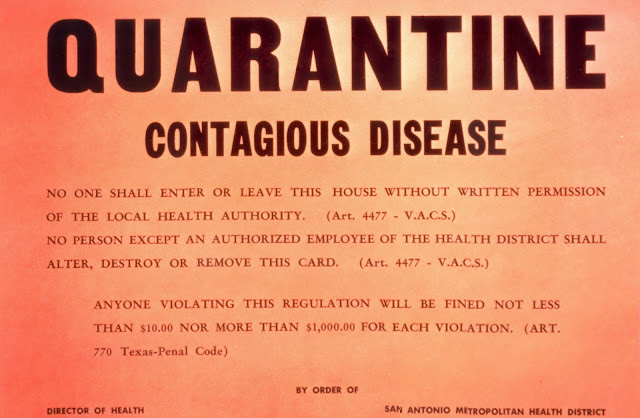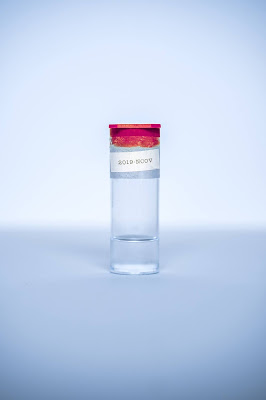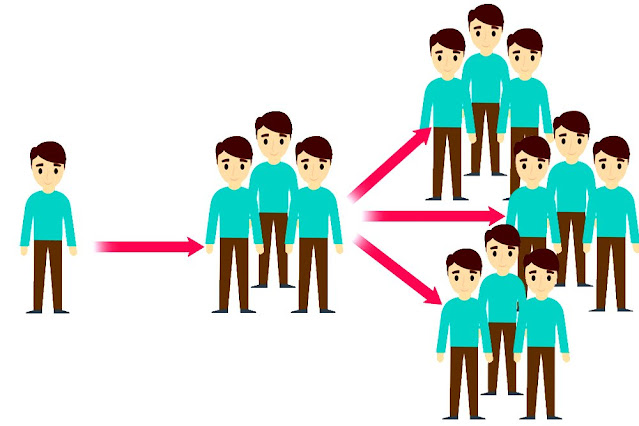What is Ulysses about? Is it worth reading?

Mr Bloom prepares breakfast for himself, his wife & his cat. Photo by Vital Sinkevich on Unsplash Ulysses (1922) is long novel in which, on the surface, very little happens. Over a single summer's day (June 16, 1904) we share the lives of three Dubliners: Stephen Dedalus (a recently bereaved young graduate), Leopold Bloom (a middle-aged sales representative of Jewish origin) and Molly Bloom (unfaithful wife of Leopold and occasional singer). All the action takes place in and around Dublin. Within this framework, Joyce experiments with a multitude of literary techniques in a daring attempt to find a literary form to express the complexity of the modern world. This demands a lot of the reader but offers rich rewards. Read More




